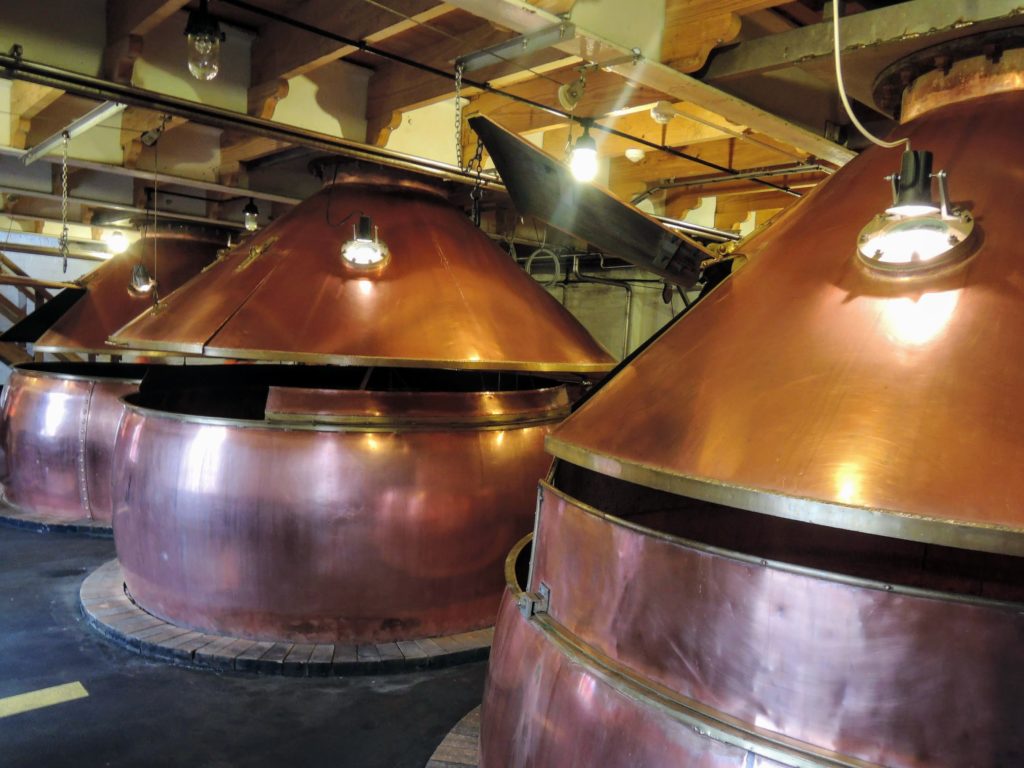
Most Scottish beers follow the style rules found in the rest of the UK. However, a distinctive but elusive thread has run through Scottish brewing for centuries, influencing various styles. The revival of older Scottish brewing traditions has been led by brewers in continental Europe and the Americas, who have created classifications of Scottish and ‘Scotch’ ales that many Scots find alien.
The Scottish habit of naming beer styles by a price in pre-decimal coinage derives from a 19th century system of classifying beers by the cost before tax of a 54-gallon (± 250-litre) cask, or ‘hogshead’. The Seventy Shilling (70–/–) style was a late 20th century hybrid that did not stand out from softer forms of British Bitter.
Scottish Light (Sixty Shilling or 60–/–)
Dark-coloured but light-bodied (2.8-3.5% ABV), this malt-based style with minimal hopping can have butterscotch, caramel, bready and lightly roasted notes. Peaty and smoky flavours are nice but not traditional. Rarely found nowadays in Scotland.
Scottish Heavy (Eighty Shilling or 80–/–)
This malt-focussed, rich and grainy pale-amber style of session beer (3.8-4.8% ABV) may have slicks of caramel and toasted breadcrumbs, and a dab or two of butterscotch. Hopping is restrained. The style is slowly reviving in Scotland itself and is being mimicked elsewhere. It is much improved by cask-conditioning.
Scottish Export (Ninety Shilling or 90–/–)
Entirely malt-focussed with the role of hops limited to giving a bit of balance, this stronger offering (4.6-6.0% ABV) will usually feature grainy, toasty, caramel and fruity flavours. Roasted and peated character are modern additions. After re-appearing in North America it has enjoyed a slow, somewhat chaotic re-emergence in its home country in the last decade.
[next_previous_links_for_siblings]
